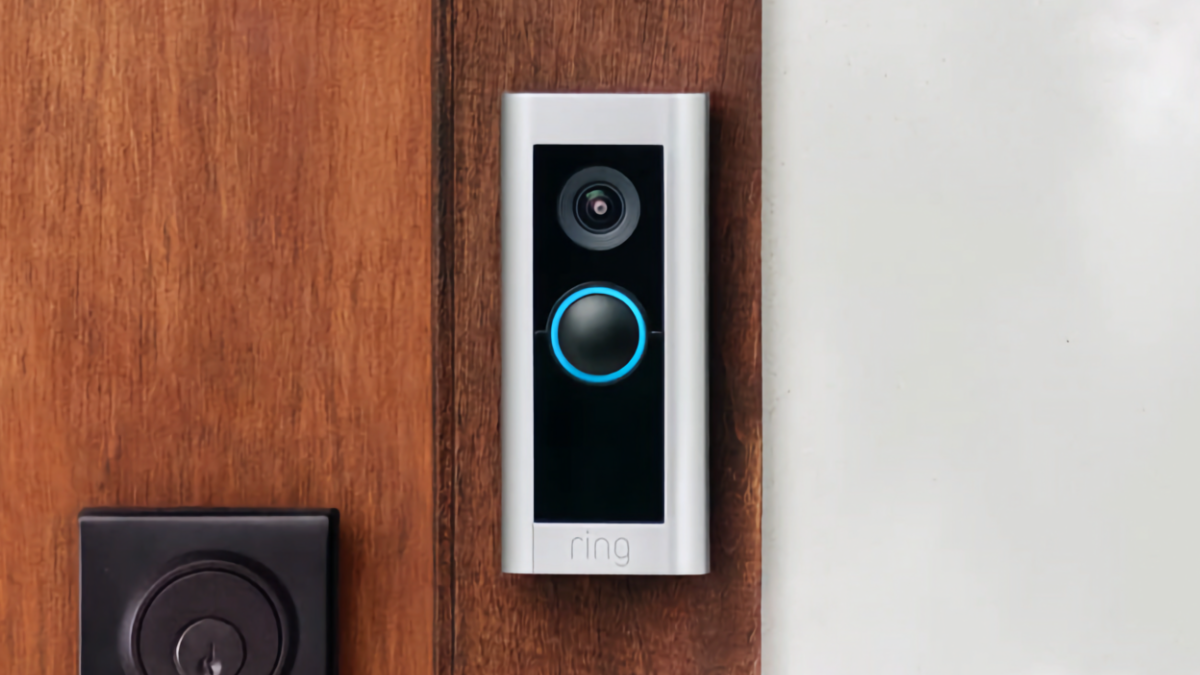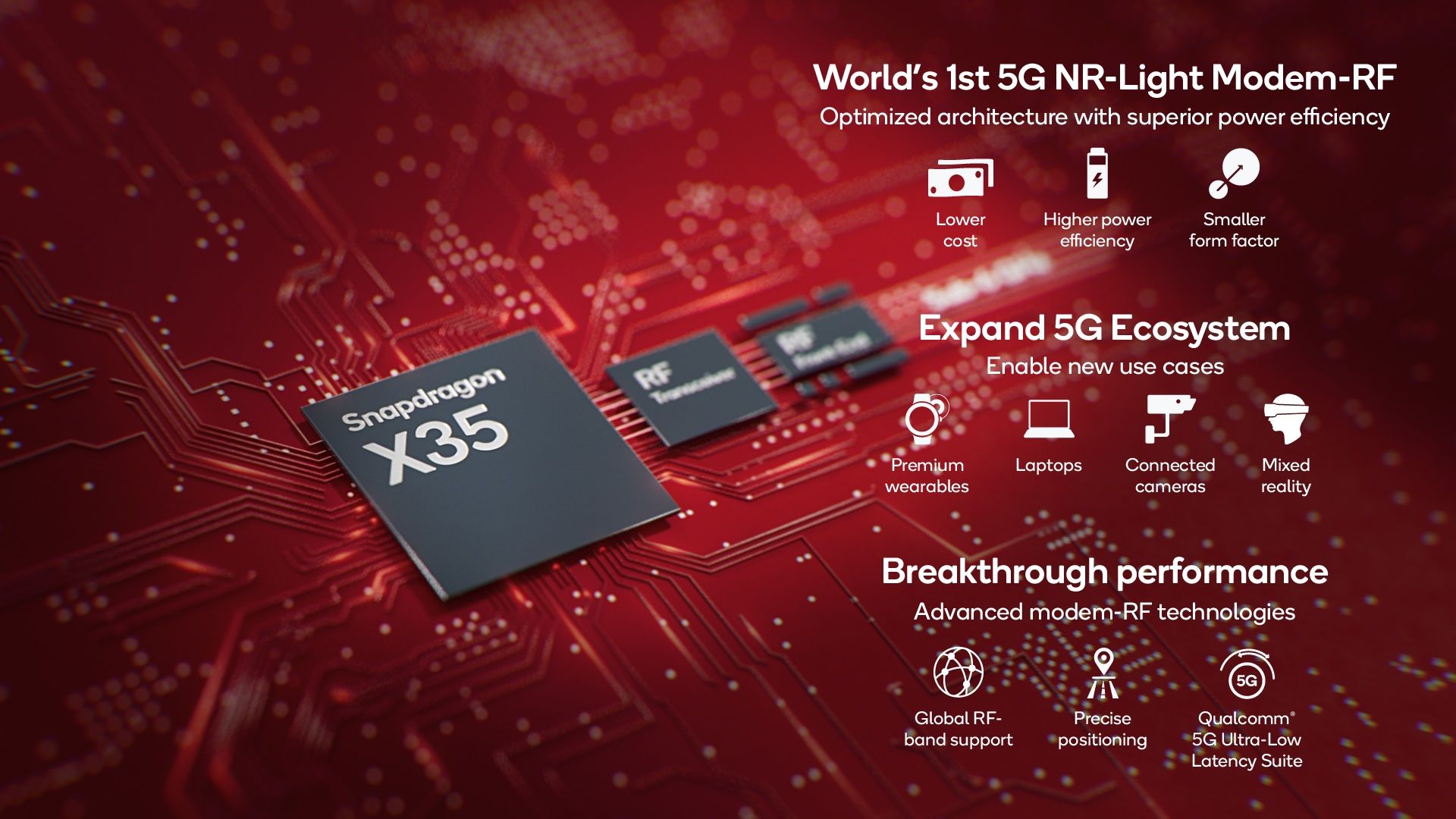There are many smart home devices, security systems, and other embedded electronics that use cellular connectivity. Most of them are still using LTE, 4G, or even 3G connections, but chipmaker Qualcomm thinks it has the solution.
Qualcomm has announced the Snapdragon X35 modem, claiming to be the "world's first 5G NR-Light modem-RF system." It's a small chip designed to use as little power as possible, adding 5G connectivity to a wide variety of devices -- Qualcomm says it's even more power-efficient than some of its 4G embedded designs. It's intended to be used in anything that could benefit from an always-on or backup cellular connection, including smart home cameras, smartwatches, home security systems, Chromebooks, routers, and other devices.
Qualcomm's goal is move connected embedded devices on older networks (think "Internet of Things") to modern 5G networks. The shutdown of 3G services across the United States has led to many devices losing functionality or breaking entirely, from home security systems to vending machines. Many of them have already upgraded to 4G or even LTE connectivity, but 5G is even more future-proof, and supposedly more power-efficient.
The Snapdragon X35 modem also offers speeds of up to 220 Mbps, ultra-low latency, precise positioning, and support for voice over 5G and 4G. Those features could make it an excellent option for some hardware -- think of a home security camera that streams 4K video without problems over a backup cellular connection. Qualcomm says it supports global 5G bands, including C-Band in the United States, which is becoming increasingly common on AT&T and Verizon's networks. The chip also falls back to LTE connections when 5G isn't available.
Qualcomm wouldn't say which products will use the new Snapdragon modem (the above Ring photo is unrelated), nor what kind of price ranges we can expect. According to the company, all the products using the Snapdragon X35 are "still in the early stages," but some of them should arrive before the end of 2023.
Source: Qualcomm


